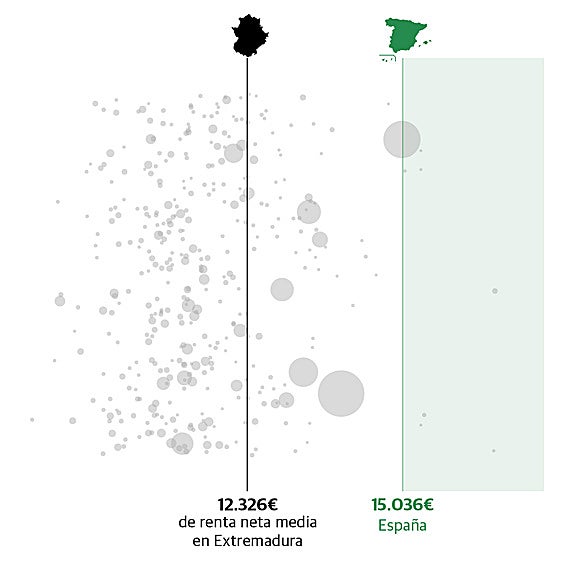Vaping, not as harmless as people think
Scientists have found that vaping is not as innocuous as it seems and can damage lungs and impede breathing
Fermin Apezteguia
Viernes, 17 de marzo 2023
It seems that vaping isn't as innocuous as it seems. Health care professionals have been warning about this ever since vaping began to be fashionable, over ten years ago now, and new scientific evidence has provided additional data about how harmful it can be.
A study by the Lawson Health Research Institute, one of the most prestigious in Canada, has concluded that vaping can damage what is known as the pulmonary surfactant, a substance in the lungs which is needed to facilitate the respiratory function. A lack of it can make breathing difficult, or even impossible.
The authors of the work, which has been published in the renowned Plos One magazine, admit that there is still no scientific evidence to confirm this finding definitively, but say that in no way affects the validity of their publication.
Why? Because, although it is still being peer-reviewed, in other words checked by another research team who carry out exactly the same procedures to see if they reach the same conclusions, any science requires years of monitoring before the evidence can be considered conclusive. That is how scientific method works.
Nevertheless, practically all the studies carried out since electronic cigarettes appeared on the market point in the same direction: vaping is also harmful to health, as specialist Joseba Zabala, of the National Committee for the Prevention of Smoking (CNPT), has pointed out.
Some studies, although they are fewer in number, have preferred to focus on the advantages of this type of device to help people give up smoking.
Most of those are financed by the tobacco industry, "which has the greatest interest in extending vaping," says Zabala.
"They have found it to be a real bonanza. More than 80 per cent of new smokers, especially adolescents, start by using e-cigarettes, but what they think of as something innocuous can end up as an addiction".
What's wrong with it?
A study by the Spanish Society of GPs (SemFYC) showed that 80% of teenagers who take up smoking started by using electronic cigarettes. One in every two say they have vaped occasionally or on a regular basis. Vaping appears to cause less damage than tobacco, because you inhale fewer toxic substances. But it is not innocuous. E-cigarettes also contain nicotine, and propylene glycol turns into drops (vapour) when it reaches 300 degrees, but solidifies when the temperature drops to 36 and turns into a deposit on the lungs. Also, environmentally, cigarette ends are considered the biggest waste product on the planet and one of those that contaminate the most. Those from electronic cigarettes are made of plastic and most of them can only be used once.
Pulmonary surfactant is a critical element in the complex machinery that enables human beings to breathe. The name refers to a layer of phospholipids and proteins that covers the lungs and enables people to breathe with minimum effort. Without it, respiration would only be possible through mechanical ventilation.
Breathing
The group from the Lawson Institute which has produced this work, in which the Western University's Schulich School of Medicine and Odontology also participated, specialises in the study of surfactant.
"We realised that the first thing the vapour aerosol comes into contact with when it enters the lungs is this layer of lipids and proteins," explains Ruud Veldhuizen, the scientist behind the research.
The team examined different vaping devices and also flavours, additives and even nicotine, to determine the effects that each had on the surfactant.
What they found was that the liquids which are used in electronic cigarettes "do not have worse effects than nicotine, but some of the flavourings used, such as menthol, do," they said.
The group suspects that it is this damage that explains why people who vape have a greater susceptibility to developing pulmonary lesions, especially those who have been affected by respiratory viruses such as Covid.
"Our obligation is to make this information known. People have to know that vaping can be harmful for the lungs," Veldhuizen says.
One of the possible causes of this lung damage is, Joseba Zabala says, something called propylene glycol, an additive which is authorised by the health authorities for use in food but not for inhaling.
This product, the same one that rock groups use to make the stage appear smoky during concerts, is what the e-cigarettes use to provide the false sensation of exhaling smoke.
"It is not innocuous," these scientists have concluded. It irritates the eyes, the throat and now they know that it can also damage the respiratory tract as well.



